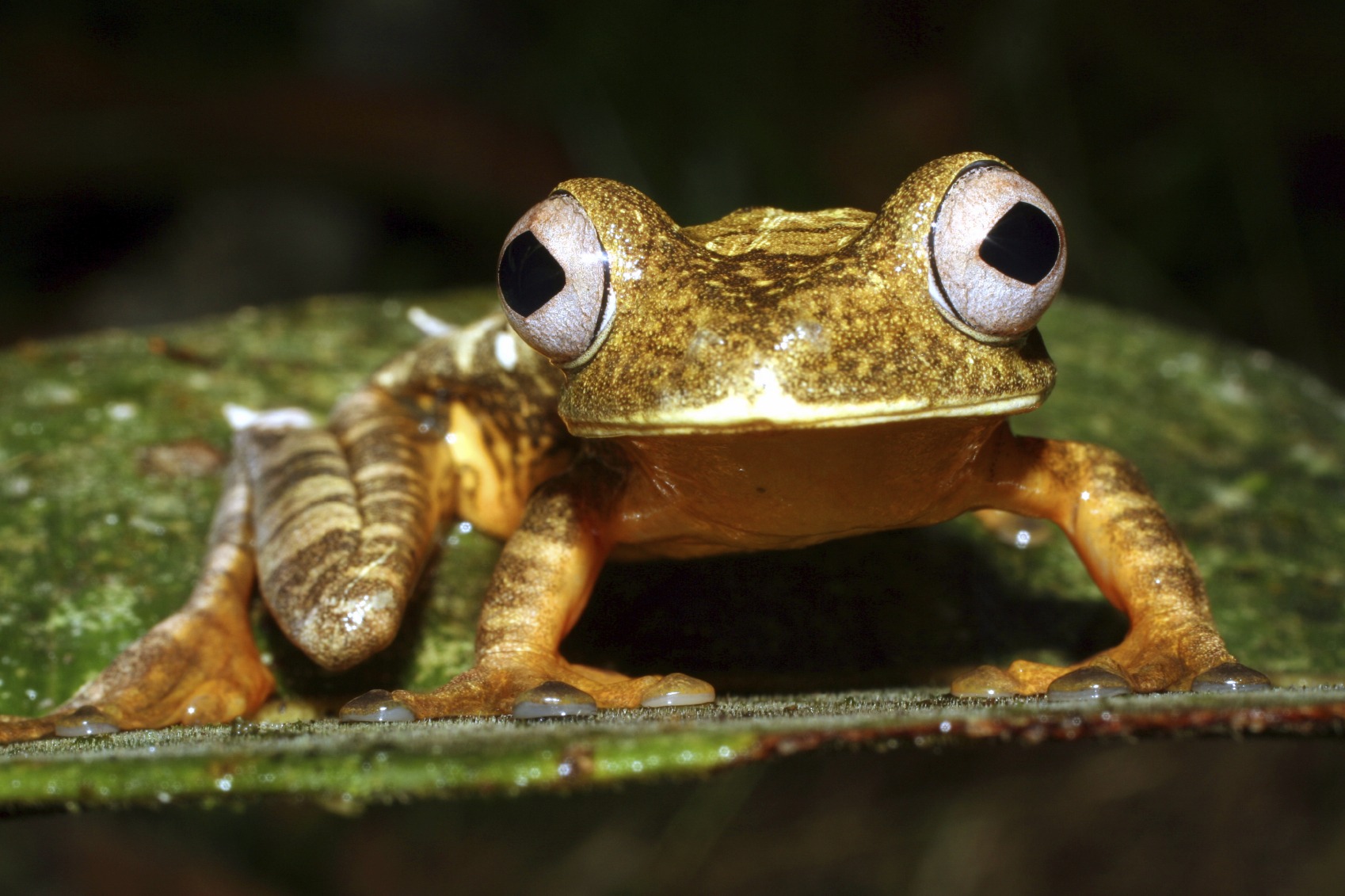Chevron said that $40 million was sufficient. Attorneys representing 47 villagers from Ecuador’s rain forest considered $19 billion. And now, we have several court decisions.
Our story begins in 1967 when Texaco discovered oil in Ecuador. At first using helicopters to airlift equipment, then machetes to hack paths, and finally building roads, a consortium of oil companies led by Texaco and the Ecuadorian government drilled for 23 years. When Texaco arrived, Ecuador was a poor banana growing nation. Oil doubled its per capita GDP within 10 years and placed it second to Venezuela in South American oil production.
It also devastated the rain forest in the Oriente region of Ecuador.
This takes us to Harvard. In 1993 a Massachusetts attorney who came from an eminent Ecuadorian family gathered a group to see firsthand how Texaco had harmed the indigenous population and the land. A 1991 Harvard Law School graduate (Barack Obama’s class), Steve Donziger, was in that group. Donziger became the lead attorney in lawsuits seeking compensation for the damage initially from Texaco and then Chevron after they acquired Texaco. In Ecuador, he won a judgement for $19 billion in 2011 but collected nothing because Chevron has no assets there.
Now, the case has continued in the US with Chevron suing Donziger and Donziger hoping that the US will mandate that Chevron pay. Just this week, the court said no, even to an amount that had been halved. It did not say that Chevron had not done all that Donziger alleged. However because Donziger engaged in bribery and fraud to get the Ecuadorian court to support him, the NY court refused to implement the decision. Donziger’s “bargain with the devil” precluded the court from asking Chevron for $9.5 billion.
In addition to the US and Ecuador, Chevron has been sued in Argentina, Brazil, Canada and wherever else it has assets. Predictably, the case has involved what was harmed, who has suffered, which environmental standards matter and everyone’s integrity.
Also, it involves the price system.
Chevron’s $40 million and Ecuador’s $19 billion are environmental price tags. But how to calculate an amount? After the BP oil spill, Planet Money suggested that the $500 it cost to rehabilitate oil drenched pelicans might be one way to assess the value of birds. Less seriously, saying that flying birds command $4500 a day and non-flying $1500, they quoted the rate sheet for animal actors.
I know price sounds rather distant from the rain forest but should it be?
Sources and Resources: H/T to a Bloomberg Law radio report for alerting me to the case. For more facts, this Bloomberg article and a lengthy but fascinating New Yorker article are ideal. At econlife we looked at the issues here and here.






